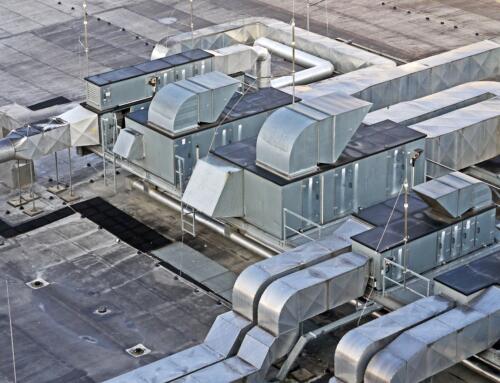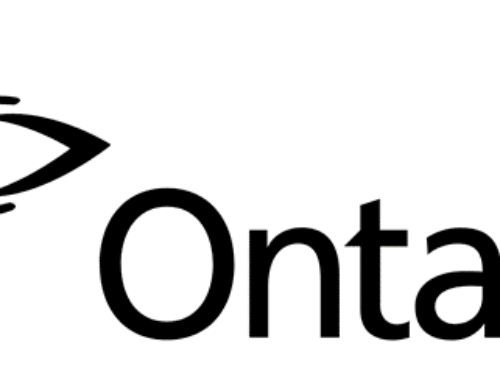Clients tell us that the hardest part of conducting a gap analysis on their RFP boilerplate is staying objective – especially around their own written content.
However, if you want to take your RFP bid submissions up a notch, then objectively reviewing your current RFP boilerplate is important. These RFP boilerplate tips cover key considerations to make and questions to ask about your RFP boilerplate.
What is RFP boilerplate?
RFP boilerplate is general information about your organization that is requested consistently by RFP issuers. Because it is requested over and over, boilerplate is the kind of information that is worth gathering and preparing in advance. Preparing the RFP boilerplate in advance saves time and mostly helps ensure a standard level of high quality.
However, some caution is also required when using standard boilerplate on RFP’s. First, not all issuers request the same level of detail. Second, all parts of the RFP response should be tailored where possible to meet the needs of a specific request. Cutting and pasting standard boilerplate without finding opportunities for customization can hurt the RFP response.
List of Standard RFP Boilerplate Documents
Include as many of the following documents as possible in your company’s base material as these are the items most often requested by RFP Issuers today:
- Corporate Overview Summary
- Organizational Chart
- Resumes for Key Personnel
- List and description of Products and Services
- List and description of Features and Benefits
- List and description of Geographic areas
- Copies of Licenses, Insurances, Accreditations, Security Clearances
- Two Client References for each sector
- Two Client References for each size/scope of project
- Three Case Studies for past successful projects by sector and by size/scope of project
- Official Bank Letters, Letters of Credit, CRA, HST and IRS Registrations
- Project Implementation Plan
- Formal Company Policies – to be defined by sector
- Documented Company Procedures – to be defined by sector
- Copies of all Previous RFPs Issued and your RFP Response for each
- Testimonials or Quotes from Happy Customers
Tips for Managing Your RFP Boilerplate Library
Think of your ‘Boilerplate Library’ as your company’s professional resume. It is a living, breathing collection of documents that will evolve and grow as your organization grows.
Therefore, build your boilerplate library wisely with flexibility and ease of use in mind.
Whenever possible, use standard formatting of RFP documents in Word and Excel. This will make it easier for customizing future RFP Response solutions and updating sections, headers and templates.
Encourage staff in all departments to update and monitor your RFP Boilerplate Material on a regular basis. Insist on having more than one person with access and knowledge to important RFP boilerplate content.
RFP Client Boilerplate Horror Story
Recently, in helping a client respond to an RFP we identified that proof of a particular insurance coverage was a mandatory requirement. Unfortunately, the document on file had expired back in 2017 and the responsible Administration Manager was on maternity leave. As a result, no one in the organization knew where the proof of insurance was stored. Even worse, no one remembered that a new insurance provider had been engaged for that particular coverage. The resulting panic and waste of time was significant. It literally threatened a vital part of the client’s business and put the performance of key employees under a microscope. With a formal Boilerplate library process and review, all of this stress could have been avoided.
Objective Questions to Ask About your RFP Boilerplate Content
- Is our ‘company overview’ story compelling?
- Is all content and supporting material current and up-to-date?
- Are we connecting with the issuer in a meaningful way?
- Can we articulate our offering and differentiation in a professional yet simple way?
- Does our proposal content “flow” smoothly and consistently in one cohesive voice?
- What did we learn from past RFP de-briefs with issuers when losing other bids?
- What needs to be improved; Update Content? Improve Visuals? New Expertise?
- Can we anticipate RFP Issuers needs beyond COVID? Will we need to develop a Pandemic Emergency Policy? What about Security Protocols/Procedures for Employees working from home?
- Do we have more than one person available to (honestly and objectively) review the material we update?
Solid Boilerplate is a Competitive Advantage for Winning RFP’s
Being prepared to respond to an RFP means being prepared to win. Preparing your Boilerplate Material in advance of an RFP being issued is a competitive and time saving best-practice.
Updating and reviewing your Boilerplate documents on a regular basis is an integral part of a good RFP strategy and a competitive advantage over rival competitors.
Good Planning + Good Content + Good Design = a Good Proposal.
Good luck!









Leave A Comment